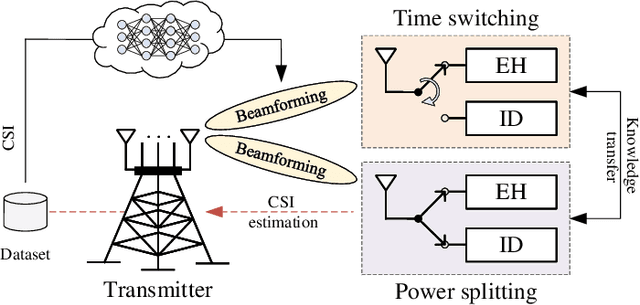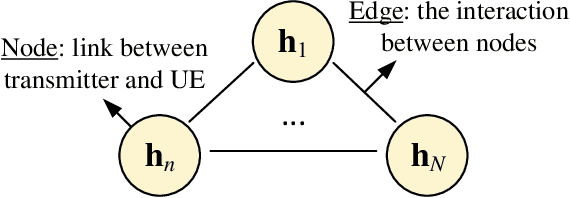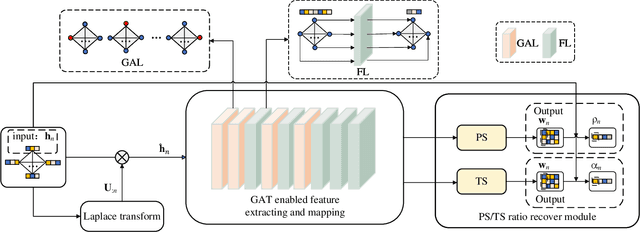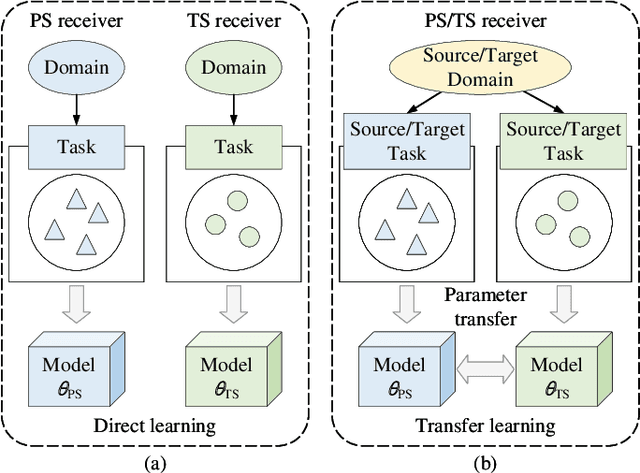Hong Han
SWIPTNet: A Unified Deep Learning Framework for SWIPT based on GNN and Transfer Learning
Feb 06, 2025



Abstract:This paper investigates the deep learning based approaches for simultaneous wireless information and power transfer (SWIPT). The quality-of-service (QoS) constrained sum-rate maximization problems are, respectively, formulated for power-splitting (PS) receivers and time-switching (TS) receivers and solved by a unified graph neural network (GNN) based model termed SWIPT net (SWIPTNet). To improve the performance of SWIPTNet, we first propose a single-type output method to reduce the learning complexity and facilitate the satisfaction of QoS constraints, and then, utilize the Laplace transform to enhance input features with the structural information. Besides, we adopt the multi-head attention and layer connection to enhance feature extracting. Furthermore, we present the implementation of transfer learning to the SWIPTNet between PS and TS receivers. Ablation studies show the effectiveness of key components in the SWIPTNet. Numerical results also demonstrate the capability of SWIPTNet in achieving near-optimal performance with millisecond-level inference speed which is much faster than the traditional optimization algorithms. We also show the effectiveness of transfer learning via fast convergence and expressive capability improvement.
 Add to Chrome
Add to Chrome Add to Firefox
Add to Firefox Add to Edge
Add to Edge